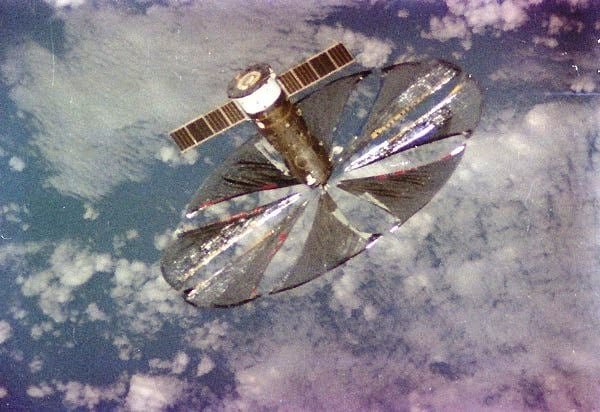Picture this scenario: After a long day at work, you finally settle into bed only to witness the sky outside your window suddenly brightening as if it were daytime.
This could become a reality if a United States-based company has its way.
Reflect Orbital is planning to deploy massive mirrors in space to distribute sunlight during nighttime.
This initiative has sparked concerns among astronomers who are already troubled by the diminishing night sky caused by satellite constellations and excessive light pollution.
Despite objections from astronomers, the California startup claims that their project could address energy challenges and offer illumination for emergency response operations and similar situations.
However, skepticism remains prevalent among astronomers.
Astronomer and associate professor at the University of British Columbia, Aaron Boley, criticized the company for spreading what he called “misunderstandings or deliberate misrepresentations” on their website.
He pointed out that the notion of reducing light pollution with a massive space light source like natural sunlight is misleading.

The company, which has submitted a request to the U.S. Federal Communication Commission to launch its first satellite, EARENDIL-1, plans to use the satellites to reflect sunlight onto specific locations such as solar farms after sunset.
Reflect Orbital has proposed various satellite sizes, ranging from 10 x 10 meters to 54 x 54 meters. However, experts argue that even the largest size would require thousands of satellites to supply sufficient sunlight to a solar farm.
Michael Brown, an astronomy associate professor at Monash University in Australia, explained that deploying multiple smaller mirrors is necessary to simulate the effect of a single large mirror in orbit.
Reflect Orbital did not respond to requests for comments on this matter.
Historical Context
The concept of space mirrors is not novel and dates back to the 1920s. In 1993, Russia launched Znamya 2, a 25-meter space mirror that created a five-kilometer bright spot before disintegrating over Canada.

Both the U.S. and the European Space Agency have explored similar ideas, but none have materialized due to feasibility challenges.
Despite the practical hurdles, the allure of such projects persists.
“With the increasing number of objects in space, there is a prevailing sentiment that if something can be done from space, it should be done,” highlighted Boley.
He emphasized the necessity for the satellites to follow a polar orbit, passing over Canada, to function effectively.
Boley raised concerns about the potential light pollution and emphasized the importance of Canada voicing its opinions on the matter.
Potential Implications
Reflect Orbital estimates that the light emitted by its mirrors could span several kilometers, raising worries about the impact on individuals and wildlife.

